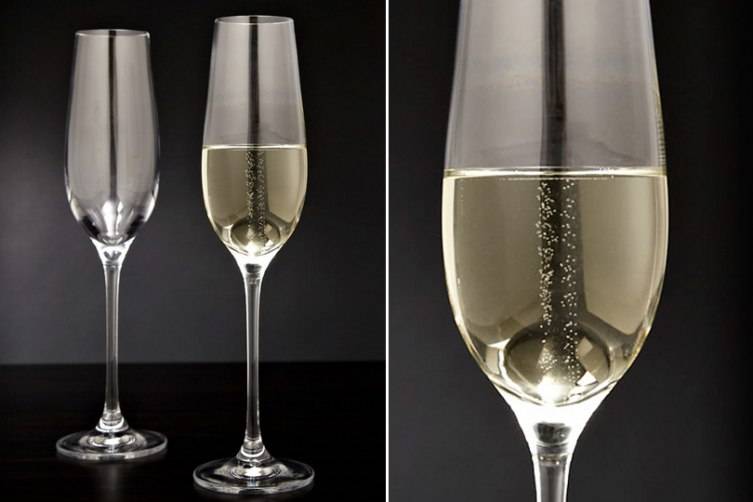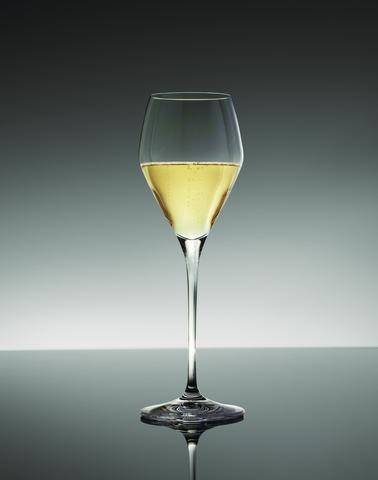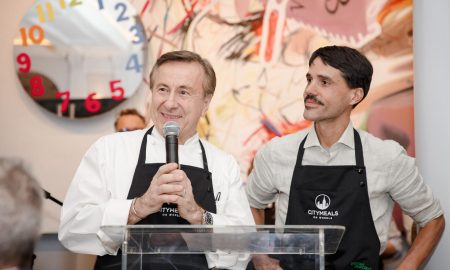You learned a long time ago that Champagne shouldn’t be put in a wide open coupe because they simply loose the bubbles too fast. It’s a pity too because the historical design was purported to be based on Marie Antoinette’s left breast. Not to be outdone, modern model Kate Moss allowed a new coupe to be made created from a form of her left breast. “I was excited to participate in this project,” said Moss of the glasses she made for London restaurant 34. “She was a very intriguing and mischievous character.”
Character—and Kate’s breasts—aside, coupe’s are not the right glasses for bubbly. Neither is the modern-day flute, however. Logical as its long cylinder may be for not loosing bubbles from your Dom, it doesn’t create a good experience for drinking high-quality Champagne (the rule of thumb is that if your bottle costs more than $40, you should use a wine glass). It’s true that flutes are very celebratory and pretty cool-looking, so if that’s the goal, carry on. But, if you want to really experience a fine Champagne, the way to do it is a wine class. Not a big, red wine balloon, mind you, but a glass wide enough not to hit you in the nose when you take a sip, and one that allows the aroma to open up.

A good choice is the new Riedel Superleggero Champagne Wine Glass ($139/each). It boasts a distinctive shape with the thinnest mouth-blown crystal that Riedel has ever produced—which is the preferred way to drink sparkling wine and Champagnes. This allows for an extremely luxurious feel from this unique, egg-shaped glass which is a direct result of Riedel’s 11th-generation glassmaker & CEO, Maximilian Riedel’s belief that Champagne should be treated like other wines.

But champagne isn’t quite like other wines and care must be taken with the bubbles. There is lots of technology that goes into increasing the bubbly which is accomplished by having effervescence points— tiny etchings, often invisible to the naked eye, inside the glass. It gives the Champagne bubbles a dedicated place to latch onto and release from in a slow, steady stream. The reaction is much the same than if you put, say, a strawberry in your glass (although there might be rules for that too).
If you don’t believe us, take Krug CEO Maggie Henriquez’s word for it. “Don’t use a flute to drink Krug,” she says, insisting it limits the transmission of the bouquet. “It’s like listening to a concert with earplugs.”

























